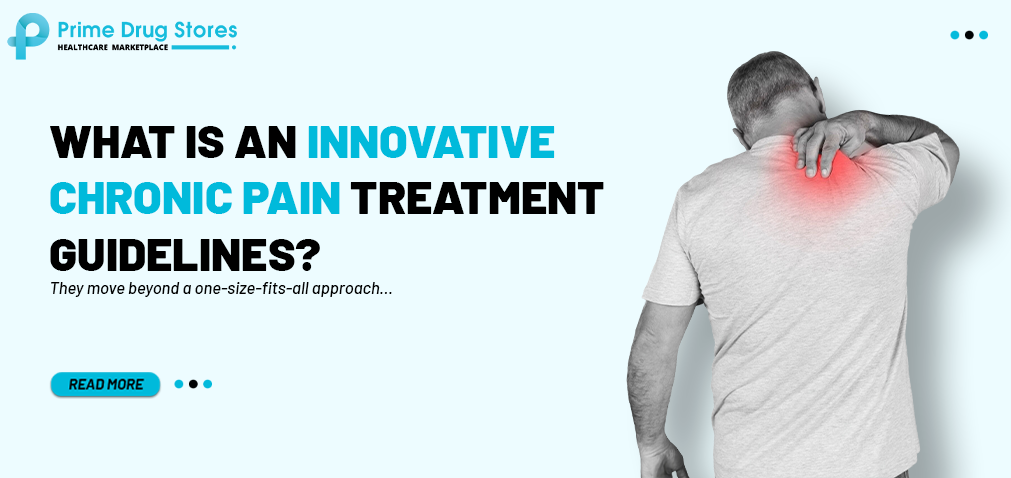
Introduction
As healthcare evolves, innovative chronic pain treatment guidelines are reshaping the landscape by integrating safer medications, technology, and holistic care models. This article dives deep into emerging strategies and explores the growing role of Methadone for chronic pain, along with safe ways to buy Methadone online.
Chronic pain, affecting over 50 million adults in the United States alone, is one of the most debilitating and persistent health issues globally. Traditional treatments often rely heavily on short-term solutions, which may lead to dependence, side effects, and insufficient pain relief.
Evolution of Innovative Chronic Pain Treatment Approaches
Discover how chronic pain care has evolved from conventional methods to modern, patient-centered treatment strategies that offer safer and more effective relief.
Traditional Pain Management Practices
For decades, chronic pain has been treated with medications like non-steroidal anti-inflammatory drugs (NSAIDs), opioids, muscle relaxants, and steroid injections. While effective in the short term, these treatments often fail to provide long-term relief. Opioid-based therapies carry risks of tolerance, dependence, and addiction, leading to the opioid epidemic seen across the U.S. and globally.
The Rise of Multimodal Therapies
In response, multimodal pain management emerged, combining pharmacological treatments with psychological support, physical therapy, and alternative approaches. This integrated strategy focuses on reducing pain while improving daily function and emotional well-being. Patients now benefit from tailored plans that address not just the physical aspect of pain, but also its psychological and social impact.
Core Principles of Innovative Chronic Pain Treatment Guidelines
At the heart of innovative chronic pain treatment guidelines lies a shift toward personalized care, tailored to each patient’s unique condition and needs.
Personalized Pain Management Plans
Today’s chronic pain guidelines emphasize personalization. Pain is no longer treated as a generic symptom. Patients are evaluated for the type of pain—neuropathic, inflammatory, or nociplastic—and offered specific therapies accordingly. For example, nerve pain may respond better to anticonvulsants or tricyclic antidepressants, while inflammatory conditions may improve with biologics or NSAIDs.
Other factors, such as coexisting conditions, pain history, and previous treatments, play a role in designing a custom plan.
Focus on Function and Quality of Life
Instead of aiming to eliminate pain, which is often unrealistic, modern guidelines prioritize restoring function and managing pain effectively. Can the patient return to work and walk longer distances while sleeping through the night? Improvements in functionality and mental health are seen as crucial milestones in successful treatment.
Pharmacological Innovations in Chronic Pain Care
New non-opioid medications are reshaping chronic pain care by offering effective relief with fewer risks of dependence and long-term side effects!
Emerging Non-Opioid Medications
Several non-opioid drugs are gaining traction:
- Antidepressants (e.g., duloxetine, amitriptyline) are effective in neuropathic and fibromyalgia pain.
- Anticonvulsants (e.g., gabapentin, pregabalin) calm overactive nerve signals.
- Topicals, such as lidocaine patches or capsaicin cream, offer localized relief with minimal side effects.
- Cannabinoid-based therapies are being studied for conditions like MS, arthritis, and cancer-related pain.
These options, used as standalone or adjunct therapies, help reduce the reliance on opioids.
Methadone for Chronic Pain: Revisited
Though often associated with addiction treatment, Methadone for chronic pain is gaining renewed attention. It acts as a full mu-opioid receptor agonist and an NMDA receptor antagonist, giving it a unique dual mechanism to manage both nociceptive and neuropathic pain.
Methadone’s long half-life allows for less frequent dosing, which may improve patient compliance. It also has a more stable pain control effect compared to short-acting opioids.
Clinical Considerations for Methadone Use
Using Methadone requires expertise:
- Initiation must be gradual, especially in opioid-naïve patients.
- Monitoring is critical due to its long and variable half-life.
- QT interval monitoring via ECG is often recommended to avoid cardiac complications.
- Drug interactions (e.g., with benzodiazepines or SSRIs) should be carefully managed.
With proper management, Methadone can be a safe and highly effective option for chronic pain sufferers.
Non-Pharmacological Innovations and Digital Therapies
Cognitive Behavioral Therapy (CBT) and acceptance-based models empower patients to manage chronic pain by addressing emotional responses and promoting adaptive coping strategies.
Cognitive Behavioral Therapy (CBT) and Acceptance-Based Models
CBT is a cornerstone of modern pain psychology. It helps patients reframe negative thoughts, set realistic goals, and reduce the emotional toll of pain.
Acceptance and Commitment Therapy (ACT) adds mindfulness and value-based living, teaching patients to co-exist with pain while continuing meaningful activities.
Virtual Reality and Neurofeedback
Virtual Reality (VR) is revolutionizing pain therapy by immersing patients in controlled, calming environments that distract the brain from pain signals. Studies show VR helps reduce both acute and chronic pain, especially in burn victims, fibromyalgia patients, and those undergoing surgery.
Neurofeedback, another digital innovation, retrains brain patterns linked to pain perception through real-time EEG feedback, improving both mood and tolerance.
Interventional and Neuromodulation Approaches
Innovative interventional and neuromodulation techniques offer targeted, long-lasting relief for patients unresponsive to conventional chronic pain treatments.
Spinal Cord Stimulation (SCS)
SCS delivers electrical impulses to the spinal cord, blocking pain signals from reaching the brain. Patients with failed back surgery syndrome, CRPS, or diabetic neuropathy often benefit from this minimally invasive treatment.
Peripheral Nerve Stimulation and Intrathecal Pumps
Peripheral nerve stimulators target specific nerve clusters that cause pain, making them ideal for localized conditions. Intrathecal pumps, which deliver small doses of pain medication directly into the spinal fluid, minimize systemic side effects and are useful in cancer-related or severe chronic pain.
These interventions offer a long-term solution when oral medications are ineffective or poorly tolerated.
Risk Mitigation and Patient Safety in Modern Pain Care
Ensuring patient safety in chronic pain management requires strict adherence to safe opioid prescribing practices that minimize risks and enhance treatment outcomes.
Safe Opioid Prescribing Practices
Modern guidelines emphasize:
- Risk assessments before initiating opioids.
- Opioid treatment agreements outline rules and expectations.
- Regular follow-ups to evaluate efficacy and side effects.
- Urine drug testing to ensure compliance.
Methadone, although effective, must be dispensed with extra caution due to risks of overdose and interactions.
Reducing the Risk of Overdose and Diversion
- Co-prescribing Naloxone (an opioid reversal agent) is a best practice.
- Education for both patients and caregivers improves awareness.
- Secure storage and disposal of medications help prevent misuse.
The Future of Chronic Pain Guidelines
As technology advances, the future of chronic pain management is being shaped by innovative tools like Artificial Intelligence, enhancing accuracy and personalized care.
Artificial Intelligence in Pain Diagnosis and Prediction
AI is being used to:
- Analyze electronic health records for pain trends.
- Predict flare-ups using wearable devices and symptom logs.
- Suggest personalized treatment algorithms using machine learning.
This not only speeds up diagnosis but also enhances precision in treatment planning.
Policy Changes and Healthcare Integration
- Government reforms now encourage insurance coverage for digital therapies.
- Methadone’s use in chronic pain is being re-evaluated under new pain care mandates.
- The expansion of telehealth has increased access to pain specialists, particularly in rural areas.
These systemic shifts are paving the way for smarter, safer, and more inclusive pain care delivery.
Conclusion
The landscape of chronic pain management is undergoing a transformative shift. With innovative chronic pain treatment guidelines, patients are no longer limited to high-risk opioids or temporary fixes. From digital therapies and personalized care plans to the emerging role of methadone in treating chronic pain, these advancements offer hope and sustainable relief.
If you or a loved one is navigating the complex world of chronic pain, it’s essential to stay informed and empowered. And if you are considering pharmacological options, always consult your physician—and remember, you can now purchase Methadone online safely through verified pharmacies.
Written by Dr. Robert Smith
Dr. Robert Smith, a licensed pharmacist at Prime Drug Stores, specializes in expert medication guidance, patient care, and safe dispensing of prescription drugs.
Discount & Offers
Use Coupon CodePRIME25
Check Details On Payment Page
Product Categories
-
 Buy Adipex Online
Buy Adipex Online -
 Buy Adderall Online
Buy Adderall Online -
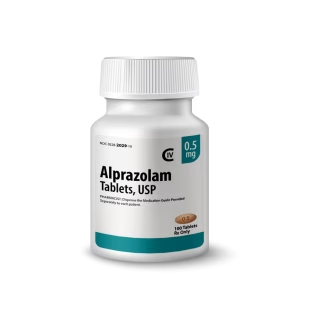 Buy Alprazolam Online
Buy Alprazolam Online -
 Buy Ambien Online
Buy Ambien Online -
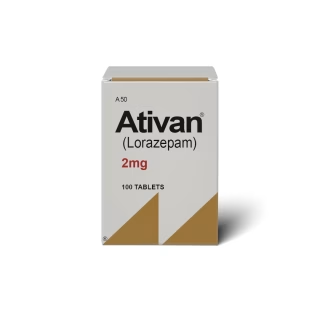 Buy Ativan Online
Buy Ativan Online -
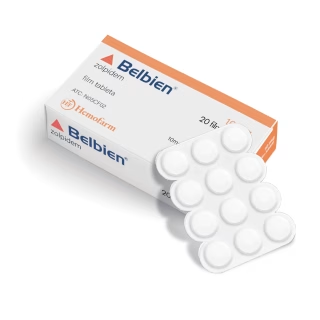 Buy Belbien Online
Buy Belbien Online -
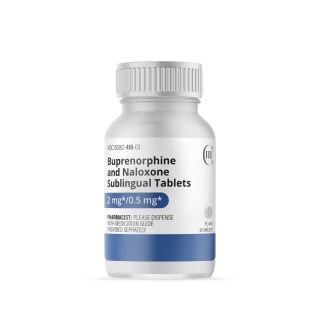 Buy Buprenorphine Online
Buy Buprenorphine Online -
 Buy Butalbital Online
Buy Butalbital Online -
 Buy Cialis Online
Buy Cialis Online -
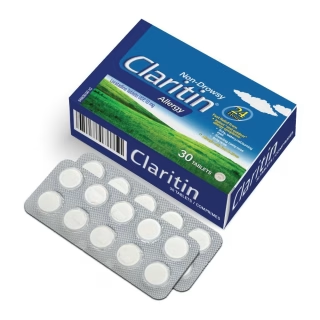 Buy Claritin Online
Buy Claritin Online -
 Buy Clonazepam Online
Buy Clonazepam Online -
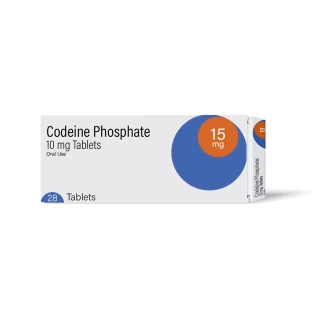 Buy Codeine Online
Buy Codeine Online -
 Buy Concerta Online
Buy Concerta Online -
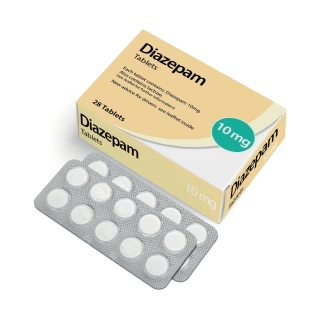 Buy Diazepam Online
Buy Diazepam Online -
 Buy Dilaudid Online
Buy Dilaudid Online -
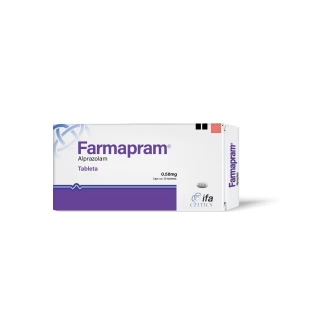 Buy Farmapram Online
Buy Farmapram Online -
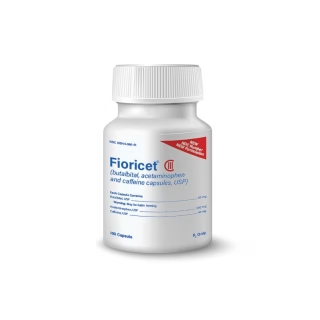 Buy Fioricet Online
Buy Fioricet Online -
 Buy Gabapentin Online
Buy Gabapentin Online -
 buy Hydrocodone online
buy Hydrocodone online -
 Buy Hydromorphone Online
Buy Hydromorphone Online -
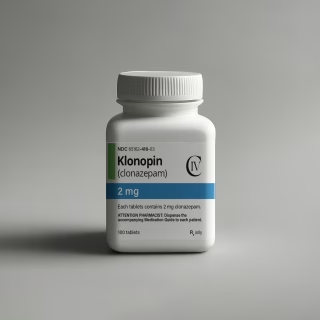 Buy Klonopin Online
Buy Klonopin Online -
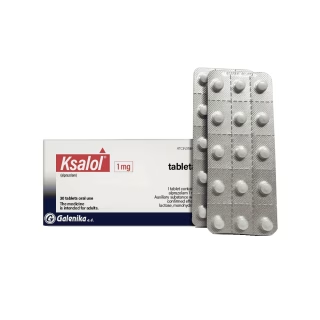 Buy Ksalol Online
Buy Ksalol Online -
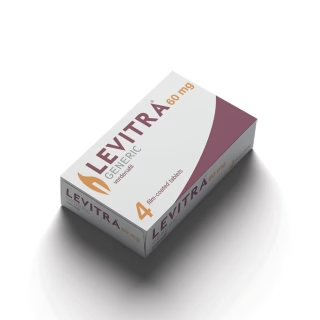 Buy Levitra Online
Buy Levitra Online -
 Buy Lorazepam Online
Buy Lorazepam Online -
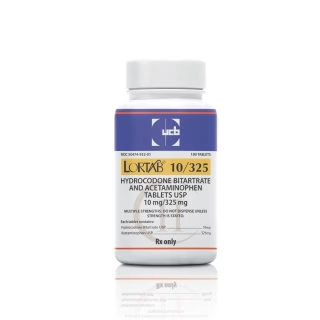 Buy Lortab Online
Buy Lortab Online -
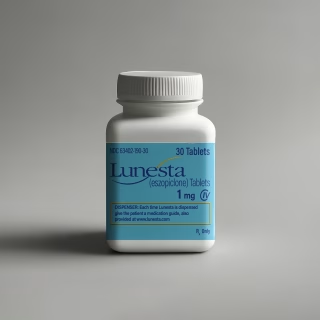 Buy Lunesta Online
Buy Lunesta Online -
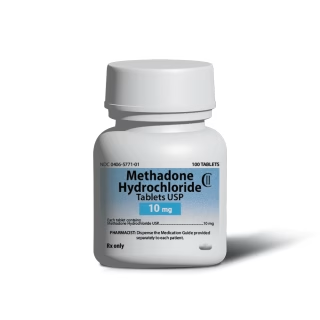 Buy Methadone Online
Buy Methadone Online -
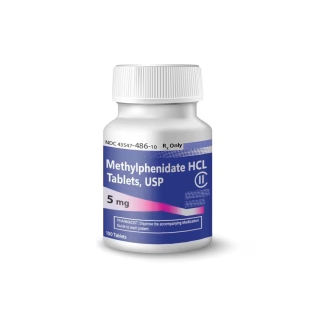 Buy Methylphenidate Online
Buy Methylphenidate Online -
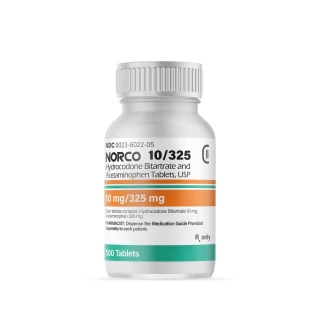 Buy Norco Online
Buy Norco Online -
 Buy Opana ER Online
Buy Opana ER Online -
 Buy Oxycodone Online
Buy Oxycodone Online -
 Buy Oxycontin Online
Buy Oxycontin Online -
 Buy Oxymorphone Online
Buy Oxymorphone Online -
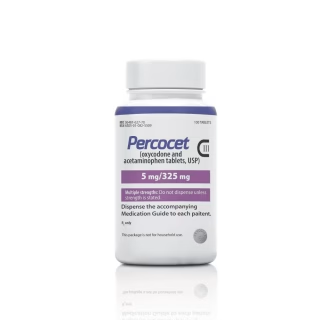 Buy Percocet Online
Buy Percocet Online -
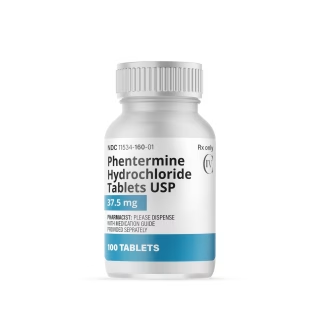 Buy Phentermine Online
Buy Phentermine Online -
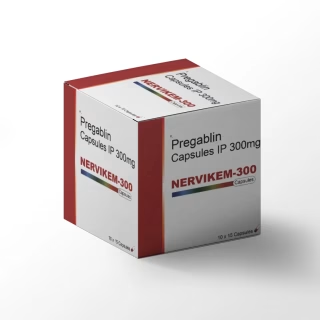 Buy Pregabalin Online
Buy Pregabalin Online -
 Buy Provigil Online
Buy Provigil Online -
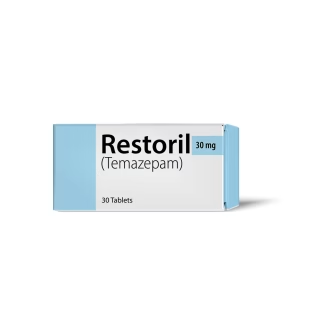 Buy Restoril Online
Buy Restoril Online -
 Buy Ritalin Online
Buy Ritalin Online -
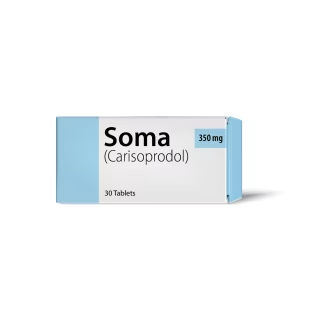 Buy Soma Online
Buy Soma Online -
 Buy Suboxone Online
Buy Suboxone Online -
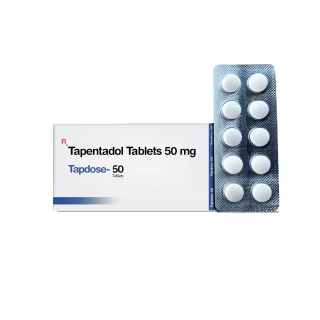 Buy Tapentadol Online
Buy Tapentadol Online -
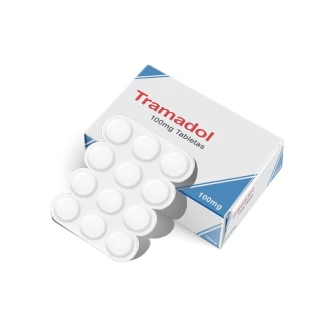 Buy Tramadol Online
Buy Tramadol Online -
 Buy Valium Online
Buy Valium Online -
 Buy Viagra Online
Buy Viagra Online -
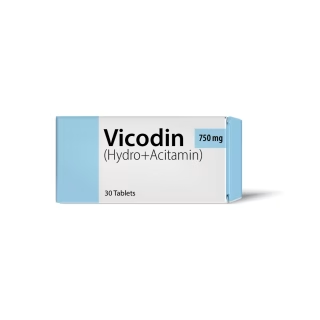 Buy Vicodin Online
Buy Vicodin Online -
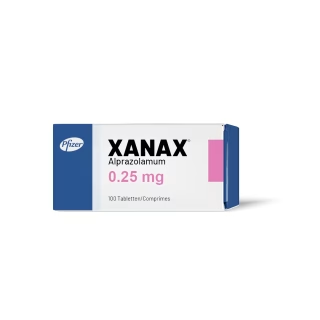 Buy Xanax Online
Buy Xanax Online -
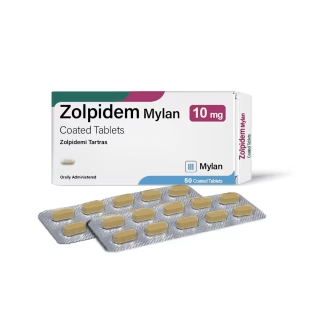 Buy Zolpidem Online
Buy Zolpidem Online
